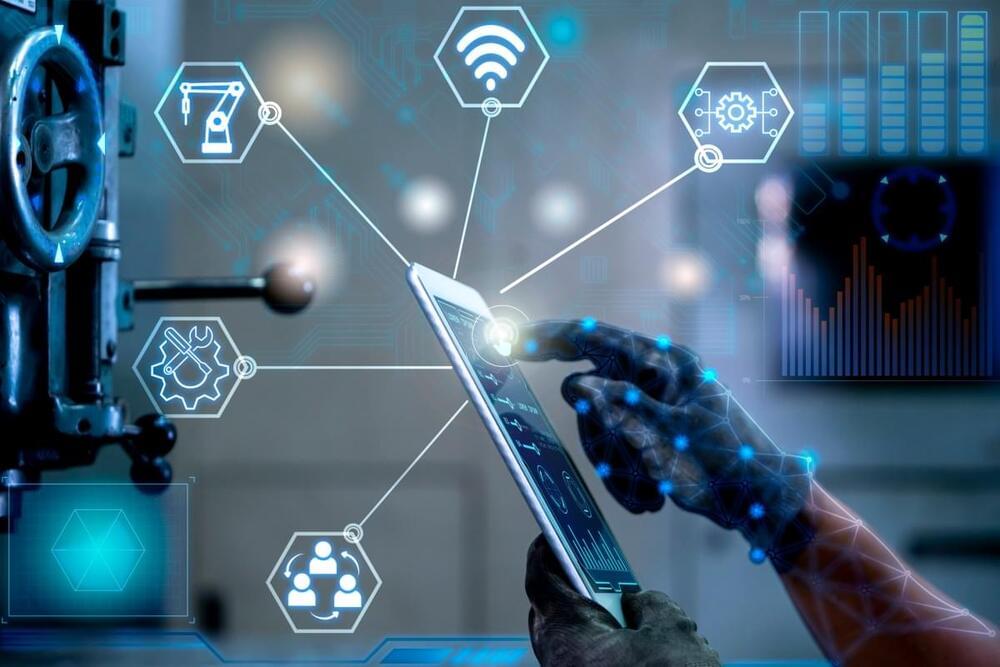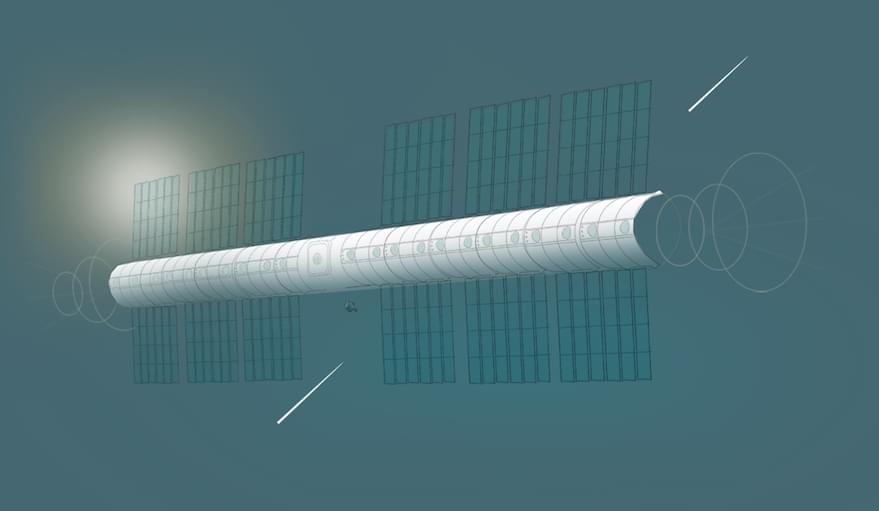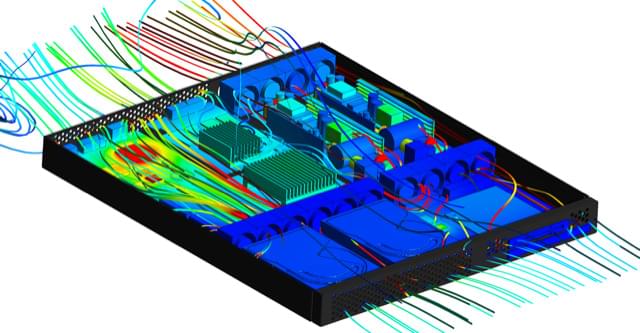Were you unable to attend Transform 2022? Check out all of the summit sessions in our on-demand library now! Watch here.
There is a quiet yet fierce battle being fought by technology heavyweights. They want to consolidate the exponentially increasing RPA (robotic process automation) market and the sizable investments users are making, which continue to grow. According to recent research, organizations on average spend $480,000 on RPA annually, with those in the highest tier spending well over $1 million on automation every year.
With a market of that size and all indications being that automation will only get bigger, it’s no wonder the likes of Microsoft have entered the fray to duke it out with perennial leaders Automation Anywhere, UiPath and Blue Prism, raising the question: Who will come out on top?








